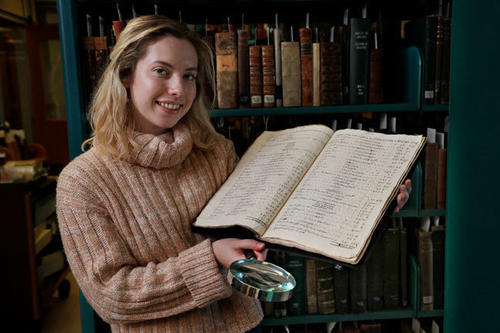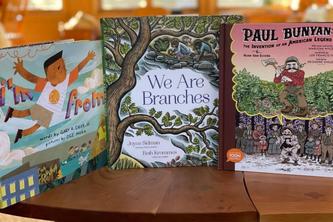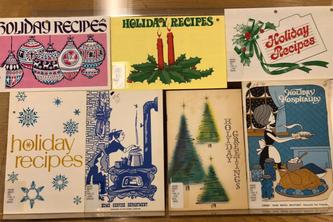
You recently acquired a cold.
"No big deal," you think, "I'll grab some type of cold medicine at Walgreens."
Problem: You’re in France, and the year is 1645. There is no Walgreens. No aisle of endless cold remedies.
So begins an extraordinary research project by Louisa Botten, an undergraduate at the University of Minnesota.
The project culminated in the creation of the online exhibit, “Journeying through a 17th-century apothecary,” which won a 2019 Best Maps prize from the University of Minnesota’s geographic information systems (GIS) and spatial research center, U-Spatial.
In the U of M’s Wangensteen Historical Library of Biology and Medicine, hands-on opportunities to use historical texts go hand-in-hand with learning modern technology, like GIS software.
Botten, a sophomore in the College of Liberal Arts (CLA), created the exhibit as part of an internship through the Dean’s First Year Research and Creative Scholars Program, a scholarship experience offered to exceptional CLA first-year and transfer students to provide them with an opportunity to engage in a research project.
Over the course of her internship, Botten researched the inventory of a 17th-century apothecary in Toulouse, France, learning to decipher and translate the unique handwriting of a scribe writing in French in 1645. She then used ArcGIS (a software for working with maps and geographic information) to map the global distribution of the origins of the apothecary’s plants and pharmaceutical products.
“When I first started the research project, I could not even read the writing in the manuscript,” says Botten, who has a background in French.
But with the help of Lois Hendrickson and Emily Beck, Wangensteen Historical Library curator and assistant curator, Botten was able to decipher the writing, understand the idiosyncrasies of 17th century French, and eventually transcribe and translate the manuscript.
“When I first met with Emily and Lois, we discussed my interests and the skills I had coming into the research experience. It worked out perfectly that I had a background in French, and [the library] had recently acquired the apothecary manuscript,” says Botten.
From there, Botten researched each of the apothecary’s many products’ ingredients, learning about their uses and where the apothecary could have obtained them. She then created an interactive map of the ingredients.
“Having mapped the ingredients found in the apothecary manuscript, it’s [amazing to see] how far some of these ingredients traveled,” says Botten. “This apothecary received medicinal ingredients from nearly every continent.”
Botten credits U of M Libraries with giving her the support she needed.
“Librarians can not only help you find resources but can also help you shape and refine your project,” says Botten. “I learned mapping, translating, and transcribing skills, and Lois and Emily helped me shape the format of my project and taught me to write for a public audience online,” she says. “I also learned how to make a project out of information that had very little structure.”
Botten says the experience is one that she’ll definitely be putting on her resume.
“While these skills may seem very specific, they can all be generalized and applied to my entire academic career.”
Explore other award winning GIS projects from U-Spatial’s 2019 mapping contest.
A version of this story appears at U of M Libraries.
- Categories:
- Arts and Humanities





